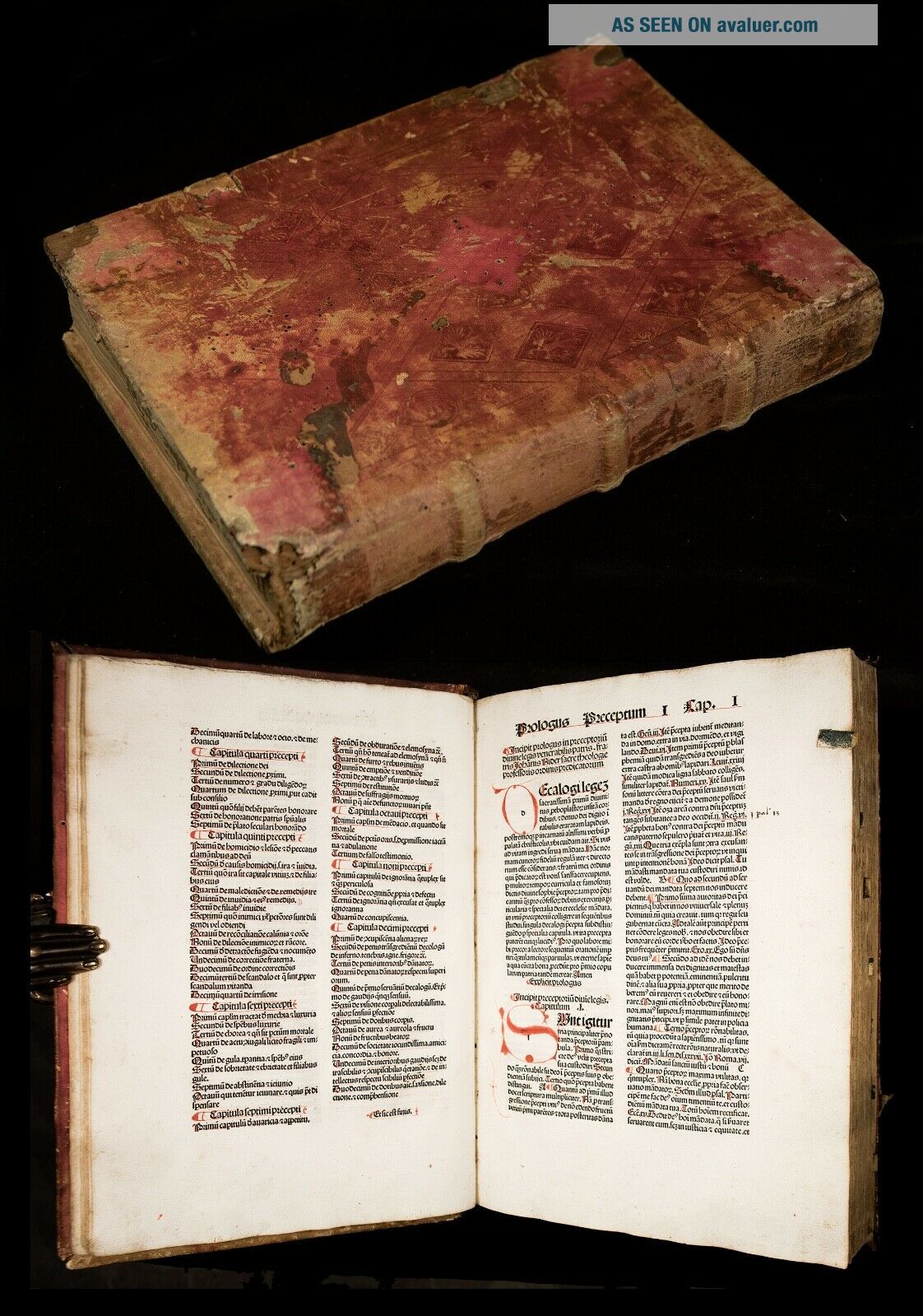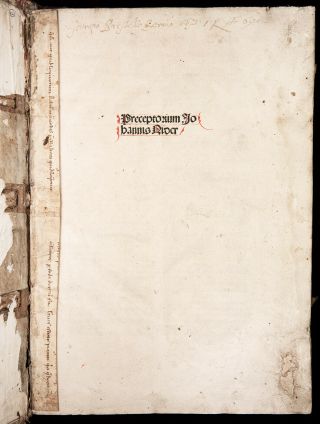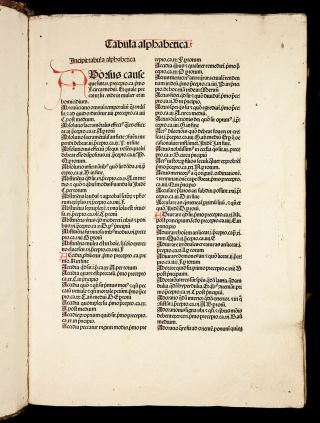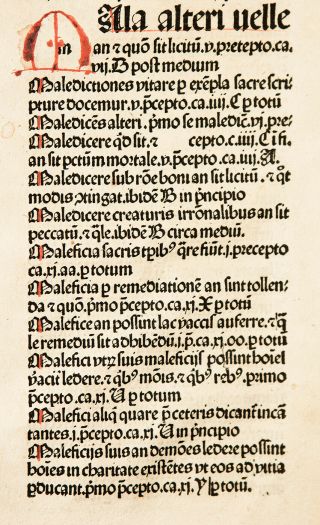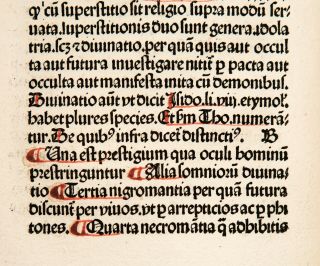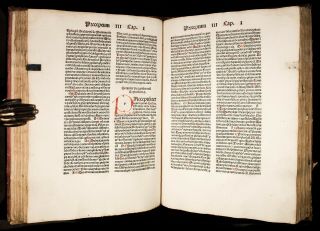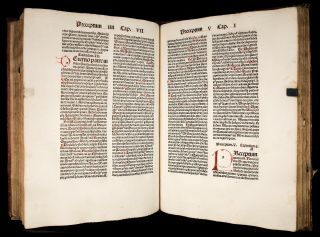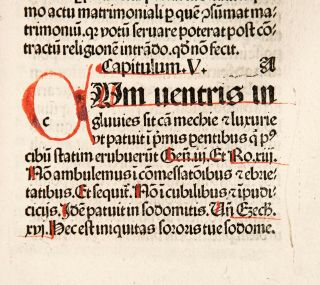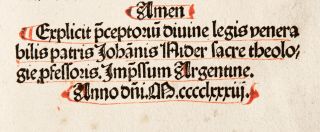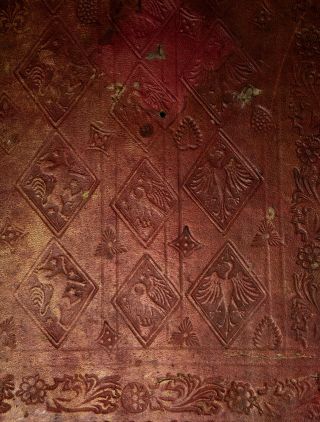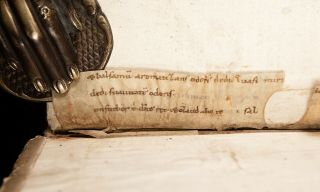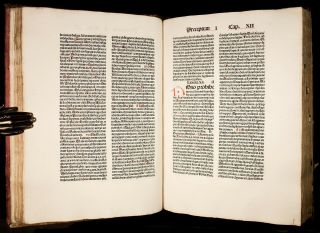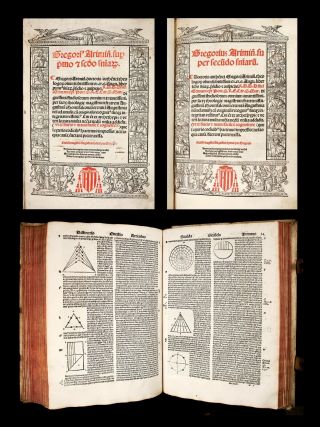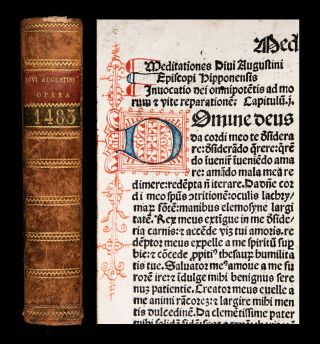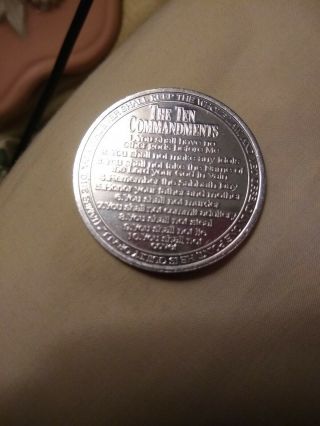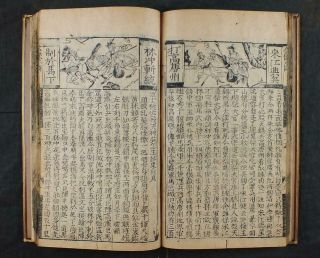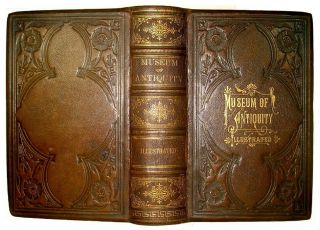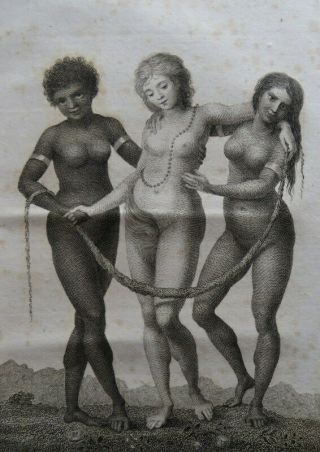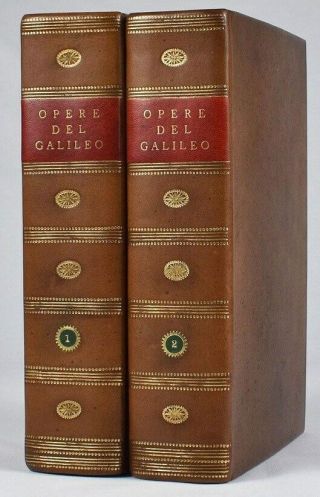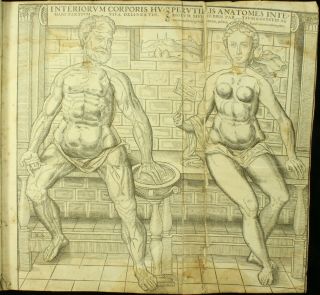INCUNABLE 1483 NIDER Praeceptorium TEN COMMANDMENTS Catholic Theology WITCHCRAFT
Item History & Price
[Occult and Esoterica - Witchcraft and Demonology] [History of Bookbinding - 15th century]
Printed in Strasbourg [by Georg Husner], 1483.
Text in Latin. Rare (ISTC locates only 7 copies of this edition in the US libraries).A very attractive, complete, wide-margined and unrestored example (of a rare incunable edition Nider's influential work on the precepts of the Divine ...Law as expressed in the Ten Commandments.
Nider's Praeceptorium, which enjoyed great popularity in the later Middle Ages, carefully outlines an interpretation of the Decalogue for confessors and preachers.
"The formation of conscience is a key concern of Johannes Nider. As he himself says in the prologue, Nider wrote his most extensive work, the Praeceptorium divinae legis, on the request of his confreres for the debitis exercitijs of preachers and confessors. [...] The entire Praeceptorium revolves around the question of when an act is to be deemed as having transgressed the boundary of a mortal sin, i.e. to determine where the path to eternal life has been left and when a sin can still be regarded as venial." (T. Brogl, 'Johannes Nider's Idea of Conscience, ' in S. Müller, C. Schweiger (eds.): Between Creativity and Norm-Making, p.65)It should be noted that Nider's lifelong preoccupation with matters of witchcraft, most evident in his Formicarius, manifests itself in the Praeceptorium as well: "Johannes Nider INCLUDED A SUBSTANTIAL AMOUNT OF DEMONOLOGY in the commentary on the first Commandment in his Praeceptorium, blending topics like metamorphosis, transvection, demonic trickery and maleficium [witchcraft] with a lengthy amplification of the Thomistic taxonomy of superstitions." (Stuart Clark, Thinking with Demons: The Idea of Witchcraft in Early Modern Europe, p.498)"Born sometime in the early 1380s in the small town of Isny in Swabia in what is now southern Germany, Nider studied at Cologne and Vienna. He then attended the Council of Basel, where he began collecting many contemporary stories and examples of witchcraft that he would include in his Formicarius. [...] In another work, the Preceptorium divinae legis (Preceptor of Divine Law), Nider attempted to provide a guide to various problems of religious belief and practice based on the Ten Commandments. In this work, he included some IMPORTANT SECTIONS ON DEMONIC MAGIC AND WITCHCRAFT under the heading of the First Commandment, which stated that one should not worship any deities before the one Hebrew, and later Christian, God. Demonic invocation, magic, and witchcraft were thought by medieval theologians to entail the worship of demons and thus constituted idolatry. "One particularly important aspect of the witch stereotype that Nider developed was the presumption that women were more inclined toward witchcraft than men. In fact, Nider was the first learned authority to advance this position. Although he presented many examples of male witches, Nider described women as weaker than men in body, mind, and spirit. Thus, they were more prone to the seductions and temptations of the devil and submitted more quickly to his service than men. This basic line of argument would become much more pronounced in the extremely misogynist Malleus Maleficarum." (J. Durrant & M. Bailey, Historical Dictionary of Witchcraft, p.143-4)Johannes Nider (1380 - 1438) was a Dominican friar, a prominent theologian, diplomat, reformer, as well as a celebrated preacher throughout Germany and Switzerland at the beginning of the 15th century. Nider entered the Order of Preachers at Colmar and after profession was sent to Vienna for his philosophical studies, which he finished at Cologne where he was ordained. He gained a wide reputation in Germany as a preacher and was active at the Council of Constance. After making a study of the convents of his order of strict observance in Italy he returned to the University of Vienna where in 1425 he began teaching as Master of Theology. Elected prior of the Dominican convent at Nuremberg in 1427, he successively served as the vicar of the reformed convents of the German province. In this capacity he maintained his early reputation of reformer and in 1431 he was chosen prior of the convent of strict observance at Basel. He played an important role in the Councils of Constance (1414-18) and Basel (1431-49).Nider became identified with the Council of Basel as theologian and legate, entrusted with the task of converting the Hussites of Bohemia. He made several embassies to the Hussites at the command of Cardinal Julian. Sent as legate of the Council to the Bohemians he finally succeeded in pacifying them. He journeyed to Ratisbon (1434) to effect a further reconciliation with the Bohemians and then proceeded to Vienna to continue his work of reforming the convents there. He resumed his theological lectures at Vienna in 1436 and was twice elected dean of the university before his death. As reformer he was foremost in Germany and welcomed as such both by his own order and by the Fathers of the Council of Basel.Bibliographic references:Goff N-212; BSB-Ink N 169; GW M26943; Hain 11795; BMC I, 131; Proctor 575; Polain 4607; Ritter, Cat. des Incunables Alsaciens, 347.Physical description:Chancery Folio; leaves measure approx. 30 cm x 21 cm. Bound in attractive late 15th-century Contemporary South-German red-dyed deerskin over thick wooden boards, tooled in blind with lozenge-shaped stamps (unicorn, pelican and eagle) and an egg-shaped dragon stamp, along with ornamental rolls of floral motifs. (These tools are rather uncommon and apparently are not in Kyriss and Schunke.)Note: Original deerskin bindings are quite scarce! Although deerskin was extensively used for bookbinding purposes in the early Middle Ages (as early as the 8th century). by the late Middle Ages and the Renaissance era it became almost completely superseded by calf, pig-, sheep- and goat-skin.Title ("Preceptorium Johannis Nider") caigraphically inscribed in tall gothic letters in contemporary hand along bottom edge of the text-block. (as customary in monastic libraries).A 10th-century manuscript fragment (possibly from a Lectionary) on vellum in a fine small Carolingian minuscule is here used as spine-liner of the binding, with substantial stubs protruding at front and rear hinges (containing partial biblical text from Matthew 9; Matthew 24 and 25; Luke 6; Ecclesiasticus 24, etc.).Small leather tabs attached at fore-edge on several leaves marking the beginning of chapters.194 unnumbered leaves (forming 388 pages).
Collation: [a10 b-i8 k6 l-p8 q6 r-s8 t6 v-x8 y6 z8 A-B8].
COMPLETE.Text printed in a fine gothic type, in double columns, 46 lines per column, plus running heads. Title, running heads and chapter headings printed in a larger gothic typeface. Capital spaces with printed guides; with attractive contemporary rubrication throughout: numerous lombard initials hand-painted in red, red paragraph-marks, and sentence capitals picked out in red..First leaf [a1] with a two-line title on recto (verso blank); followed by an extensive index (Tabula alphabetically) on leaves [a2r-b8r] and a table of contents on [b8r, v].Colophon on recto of the final leaf [B8r] (verso blank).Condition:Very Good antiquarian condition. Complete. Binding rubbed, with wear to edges (leather partially worn through at edges); top of spine somewhat chipped with some loss of leather; harmless incipient cracking to top of rear joint; original metal bosses and clasps have been lost or removed, with a small damage to front board at fore-edge (where one of catch-plates was attached). Still, the binding is quite appealing and solid, with hinges intact and boards firmly attached, and with most of the blind-stamped ornamentation still clearly seen and pleasing. Title leaf (a1) with a very early manuscript acquisition note (undeciphered) to top margin, and a small marginal repair at bottom fore-edge. Final leaf B8 with outer margin partially restored (at an early date) along the fore-edge (text not affected). Some leaves with light marginal water-staining; a few leaves with light browning. A few small harmless ink-spots. Several minor early marginal notes or faint ink-markings. A few final leaves with several small inconspicuous wormholes (mostly marginal). A few very minor marginal tears or paper-flaws (text not affected). In all, a very attractive, wide-margined, genuine example well-preserved in its original (and rather uncommon!) monastic binding.
Please right-click on thumbnails below and choose "open image in a new window" option to see larger images.



